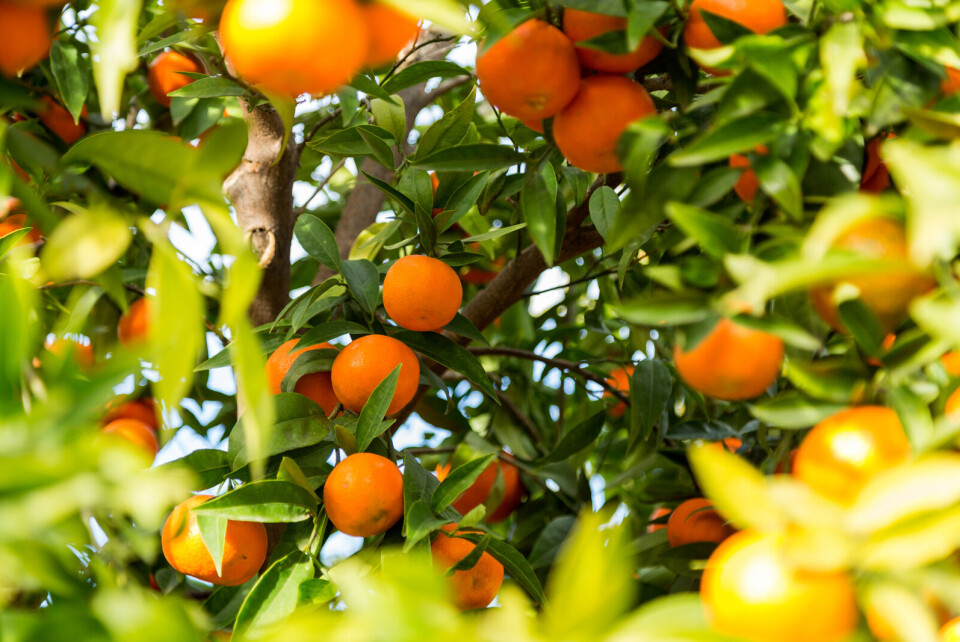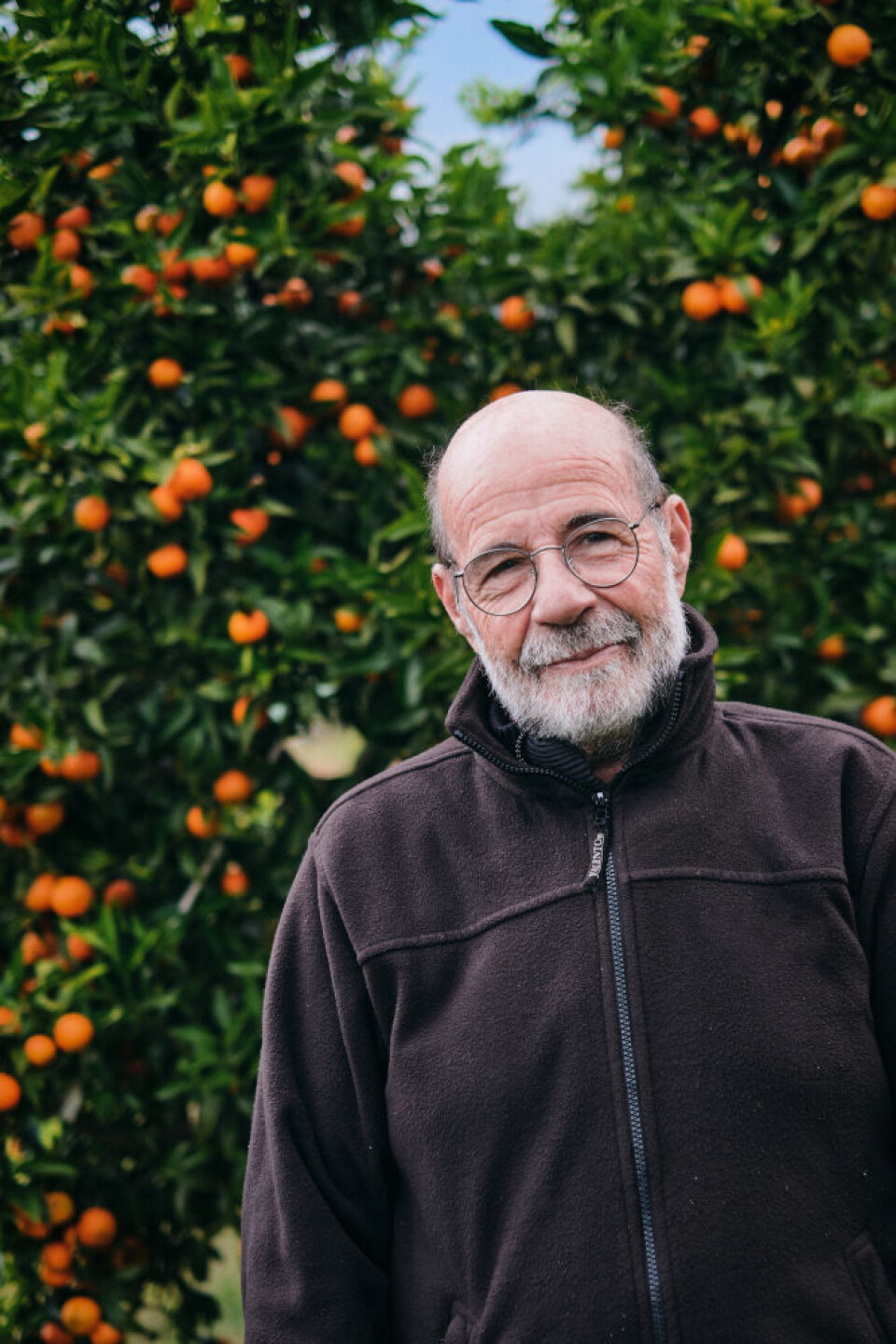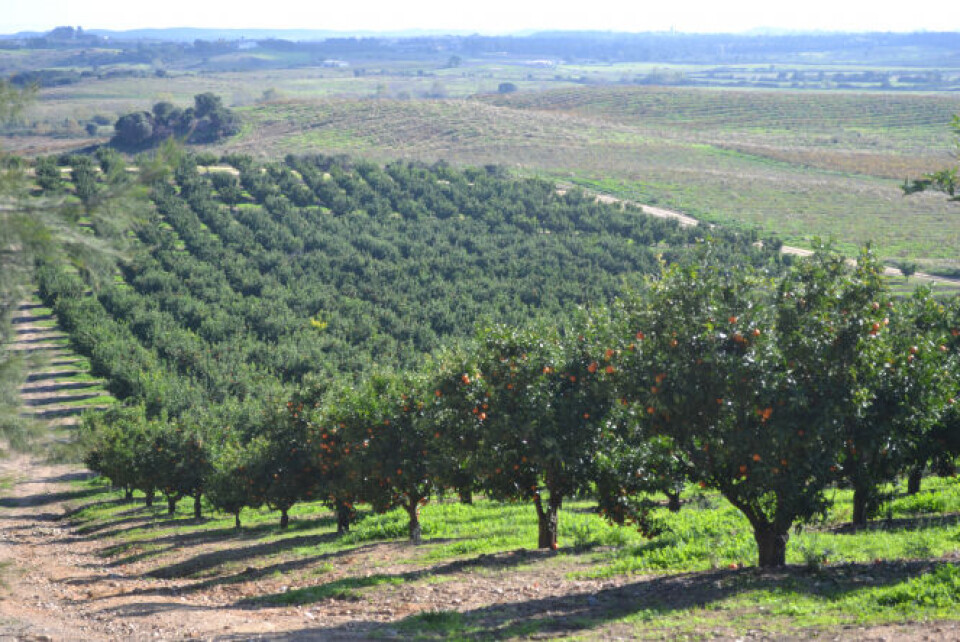-
Duck Cold! Four French phrases to use when it is freezing outside
We remind you of French expressions to use to describe the drop in temperature
-
When and why do we say le moral dans les chaussettes?
We explore this useful expression that describes low spirits
-
The origins and meaning of tirer les marrons du feu
As Christmas approaches, we look at a phrase to describe someone who takes advantage of a situation
Clementines: The scent of Christmas in France
Around France over the Christmas period, French shoppers fill their baskets with Corsican clementines. We meet a passionate producer

Clementines from Corsica are France’s main home grown citrus fruit, with a season that starts from the very end of October, runs through the Christmas period and ends at the beginning of January.
They can be recognised in the shops by their bright orange colour, fine skin and the one or two green leaves always attached to each fruit.
Clementines never have pips, and trees have to be reproduced by grafting.
They are virtually the only citrus fruit grown and sold in France and producer, Jean- Paul Mancel, who is 71 and has been growing them all his life, says there are many factors which make Clémentines de Corse different from others in the shops, which are mostly imported from Spain and Morocco.
He is also President of APRODEC, the association which promotes Clémentines de Corse.

“We have had a Protected Geographical Indication since 2007, which guarantees our clementines’ origin, but also their quality, because we have seventy control points we must respect," he told The Connexion.
"For example, our fruit has to be sent to market within six days of being harvested, so they are always fresh when sold.
"Many overseas producers harvest all their fruit in one go and leave them to ripen in warehouses.
'We harvest by hand with a snip of the secateurs and only take the fruit that is ripe, so we have to go and cut our clementine every day'
"The green leaves sold with the fruit are proof they are fresh.”
Another important difference is the taste: “Our clementines are sweet with gentle acid overtones, whereas most others are solely sweet. That is down to the geography of our region and the climate, which produces a fruit with a unique taste, and particularly fine and easy to peel skin.
“We grow two varieties. 20% are Cassen, and are the first of the season, sold in the first fortnight at the end of October, and the majority, 80% are Fine de Corse.
"Because we concentrate mainly on one variety, consumers will always know what to expect when they buy.”
The clementine was first discovered by priest Father Clément in 1902
Father Clément was responsible for the orchards of an orphanage near to Oran in Algeria.
Amongst his trees was one where the fruit did not look like any of his mandarins. He tasted it and found it was sweet, without pips and easy to peel, and that it had been produced by a natural cross-fertilisation of an orange and a mandarin tree.
Clementine trees were first planted in Corsica in 1925, and it was quickly discovered that the climate and geography of the western plains of the island stretching from south of Bastia to the north of Porto, were perfectly suited to the fruit, and made it unique.
This is down to the granite and schist soil which is lighter and more acidic than many other growing areas around the Mediterranean.
There is a micro-climate produced by the mountains on one side of the growing area and the sea on the other with relatively high rain and humidity for the region.
There are 175 producers, producing 635,000 PGI clementines a year, which is around 30,000 tonnes.
Jean-Paul Mancel says it is a profession attracting young farmers:
“A few years ago no-one wanted to come, but that is changing, and older generation producers are finding people to take on their orchards when they retire.
"It is better to take over an existing farm, as trees only produce fruit after ten years.
“After that they can still produce fruit, perhaps for 60 to 70 years. There are now a lot of women, which used never to be the case and is a positive change.”

His orchard is 14 hectares, which is slightly larger than the average of 10 to 12 hectares:
“They are never large, so that it is easier for producers to take real care of their trees. They need a great deal of attention as even out of harvest and pruning seasons we check them every day to make sure they are not diseased, have the right amount of water and are growing well.”
January to June is the pruning season. More recently trees are often kept smaller for ease of harvesting, but Mr Mancel says his trees, which are around 55 years old, have grown to four to five metres tall.
Pruning is important to ensure the optimum amount of healthy fruit.
Irrigation is also an important aspect, as they need a constant water supply and they have to be watered for around five to six months a year from around April onwards.
Probes in the soil measure exactly how much water is needed for each tree and producers are very conscious it is vital not to waste what is now regarded as a precious resource.
The trees are in flower in May. After the fruit sets, there is a period each farmer dreads, as each tree naturally sheds any baby clementines it will not be able to support, and is a real test of each trees’ health.
'Our main challenge is controlling the biggest enemy for all citrus trees – cochineal insects – which feed on their sap'
“Our main ally is the ladybird and we regularly buy in blooms to feed on them. We also use an organic treatment, White Oil, a petrol derivative which coats the insects with oil and suffocates them.
“We use as few pesticides as possible, and any we do use, which are by law, more limited than in any other clementine producing company, are safe for human consumption.
“As a member of APRODEC, I see the results of the obligatory tests on pesticide residues on fruit, and I can see that producers are using less and less.
"Some 12% are now certified organic, and that number is growing. We have to accept that we will lose some of our crop to pests. That’s life.”
He says some producers live on their clementine crop alone, but most diversify with other fruit, including vines and kiwis and pomelos.
He also grows oranges, hazelnuts and pomelos, which have a PGI label. Production is small at present, around 3,000 tonnes, but it is becoming more popular among growers and it means you can buy French grown varieties of this fruit, which is mostly imported from Southeast Asia.
The best clementines to choose are those which are firm, with a strong colour. Any signs of softness indicate it is beginning to go off. At home they should not be kept in the fridge and should last for four to five days.
Clémentines de Corse tend to be more expensive than imported varieties, but Jean-Paul Mancel says that is because of all the work that goes into producing a quality fruit which he says is “un vrai fruit de Noël”.
Related stories
Lyon becomes third city in France to ban foie gras on cruelty grounds
Quercy speciality saffron is really worth its weight in gold
























